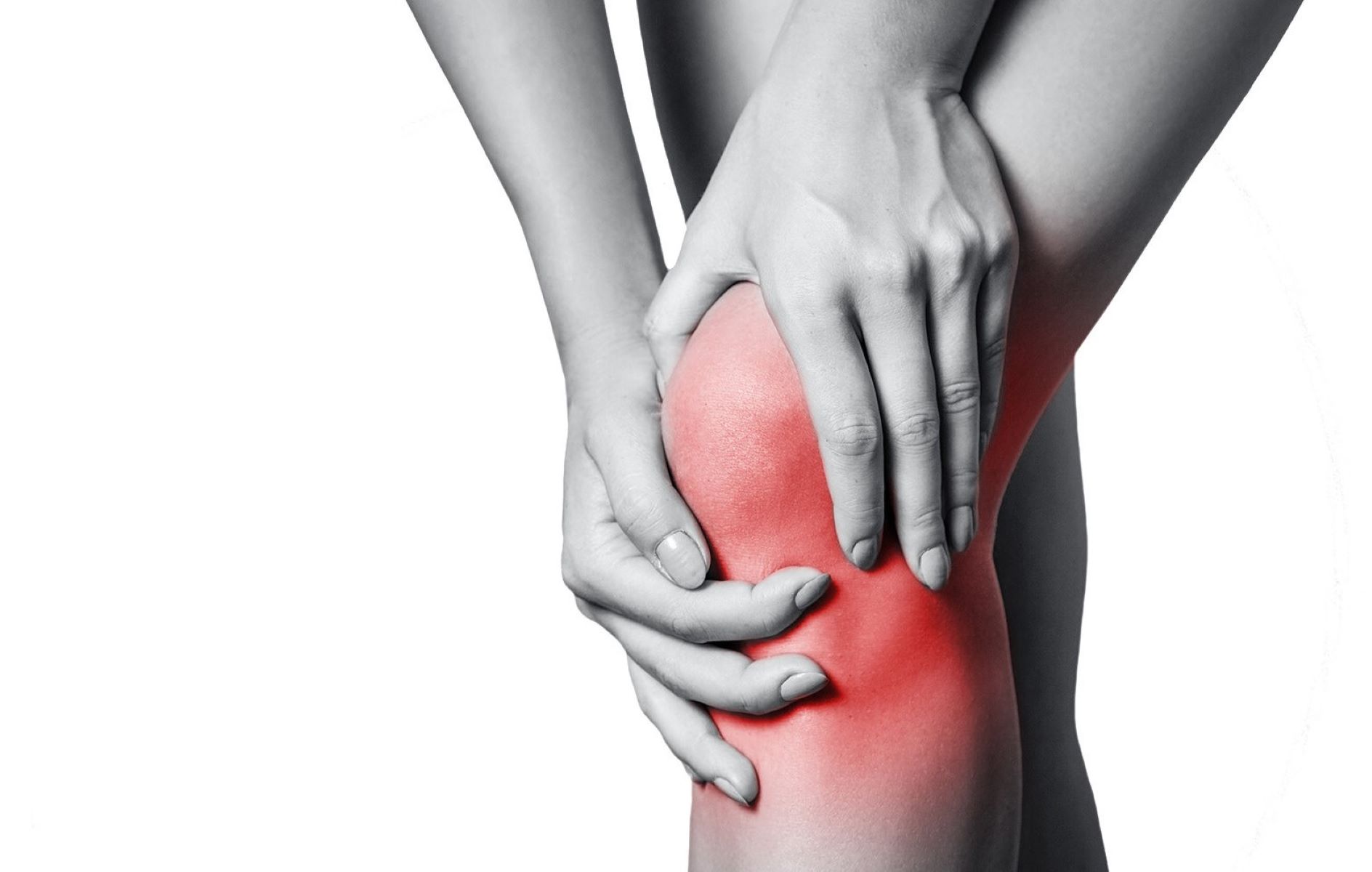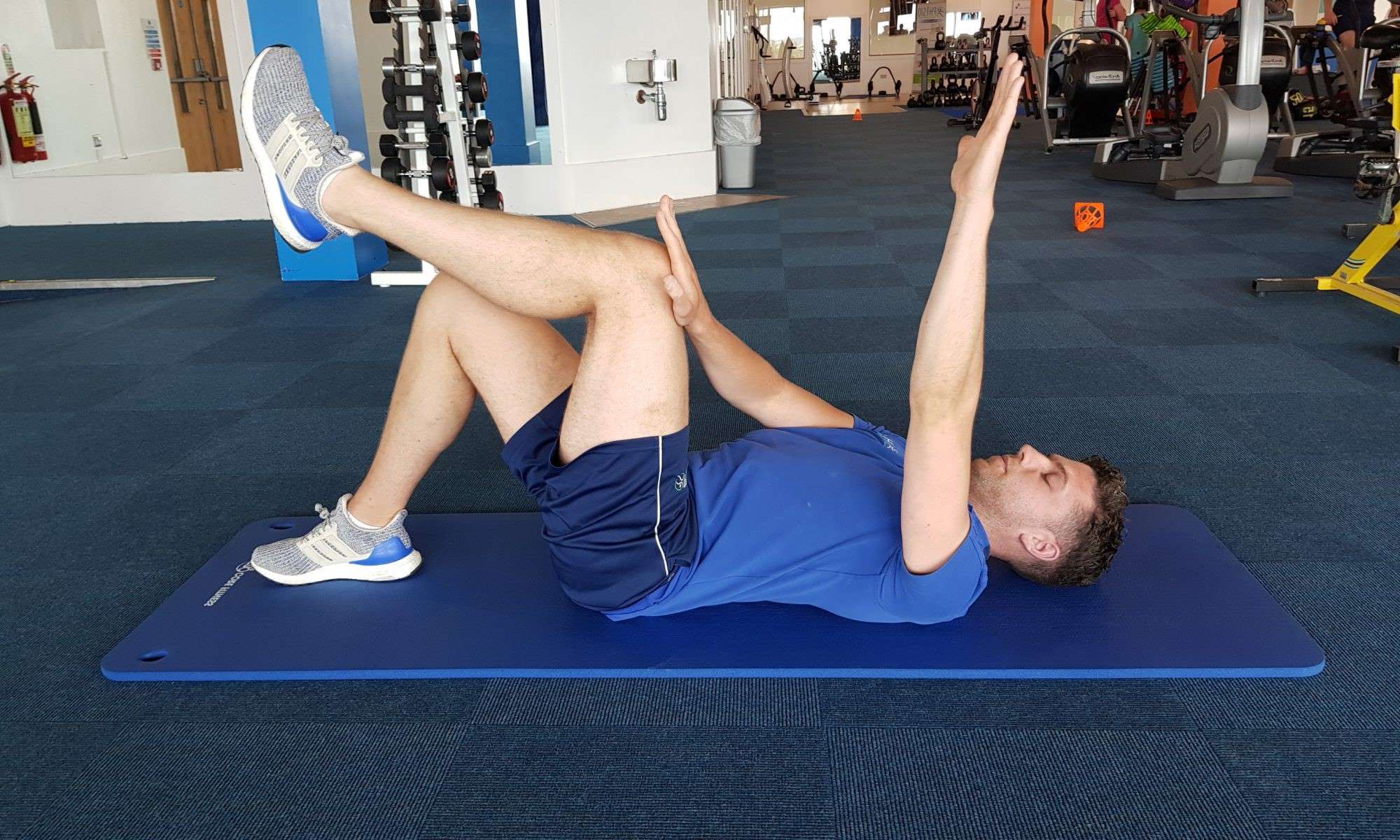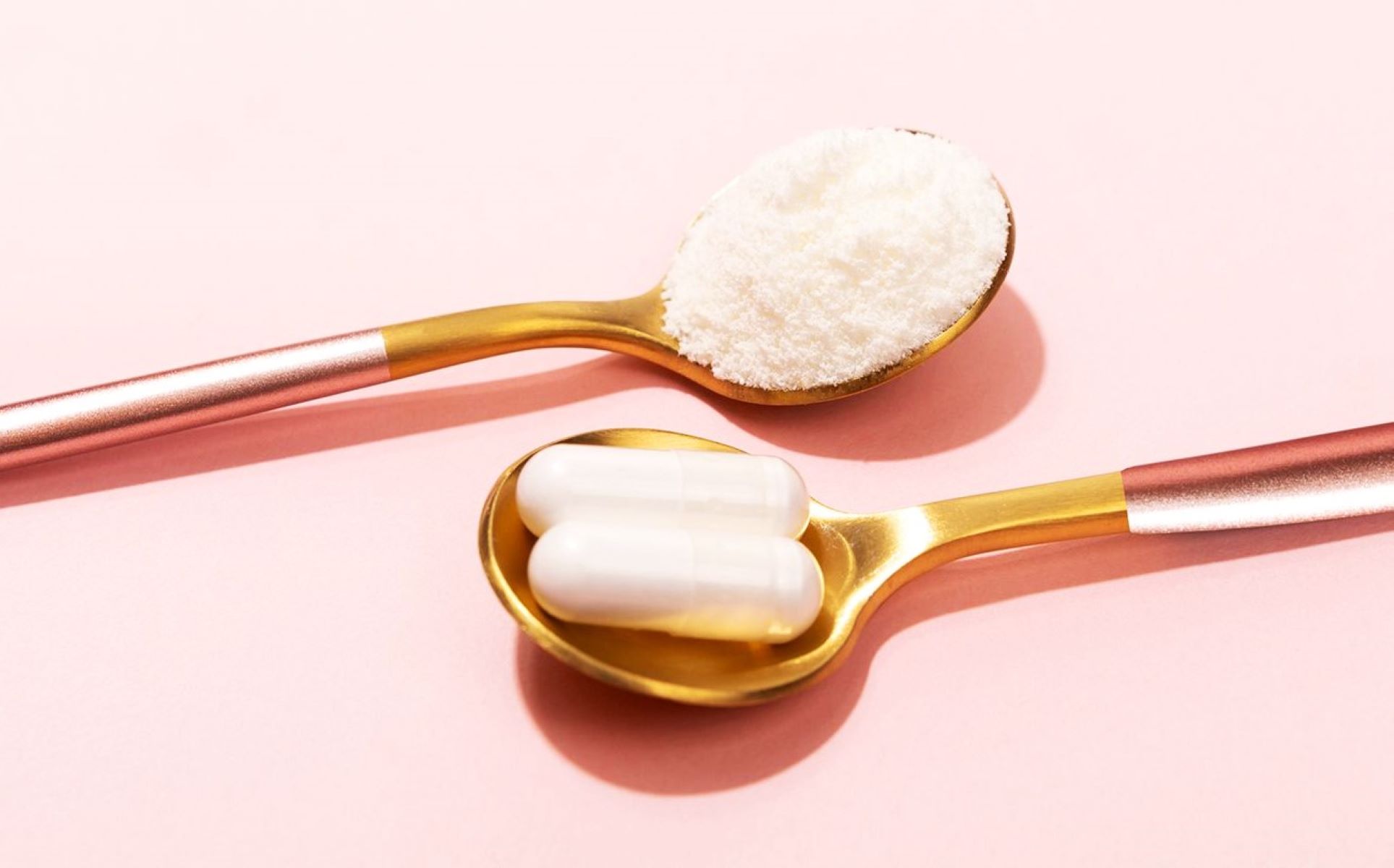Home>Health & Nutrition>How To Address Amenorrhea Caused By Running


Health & Nutrition
How To Address Amenorrhea Caused By Running
Published: February 25, 2024
Learn how to address amenorrhea caused by running with effective health and nutrition strategies. Take steps to support your body's needs and maintain overall well-being.
(Many of the links in this article redirect to a specific reviewed product. Your purchase of these products through affiliate links helps to generate commission for Therunningadvisor.com, at no extra cost. Learn more)
Table of Contents
Understanding Amenorrhea and its Causes
Amenorrhea, the absence of menstruation, can be a concerning condition for women, impacting both physical and emotional well-being. There are two primary types of amenorrhea: primary amenorrhea, which refers to the delay of menarche (the onset of menstruation) by the age of 15, and secondary amenorrhea, which occurs when a woman who has previously had normal menstrual cycles stops menstruating for three or more months.
Amenorrhea can be caused by a variety of factors, including hormonal imbalances, stress, and intense physical activity such as running. Hormonal imbalances, particularly involving the hypothalamus, pituitary gland, thyroid, and adrenal glands, can disrupt the delicate interplay of hormones necessary for the menstrual cycle.
When it comes to running, the impact on the menstrual cycle can be significant. Intense physical activity, especially when combined with inadequate nutrition, can lead to a decrease in the production of reproductive hormones, such as estrogen. This hormonal disruption can subsequently affect the menstrual cycle, leading to irregular or absent periods.
Moreover, excessive exercise can elevate levels of the stress hormone cortisol, which may further contribute to hormonal imbalances and disrupt the normal functioning of the reproductive system.
In addition to the physical impact, the psychological stress associated with intense exercise, such as the pressure to perform or meet certain body image standards, can also play a role in the development of amenorrhea.
Understanding the multifaceted causes of amenorrhea, including the impact of running and other intense physical activities, is crucial for developing effective strategies to address and manage this condition.
Read more: Causes Of Blurry Vision While Running
Impact of Running on Menstrual Cycle
Engaging in regular physical activity, such as running, is undeniably beneficial for overall health and well-being. However, when it comes to the menstrual cycle, the impact of intense exercise can be profound. Running, especially when combined with inadequate nutrition, can disrupt the delicate balance of hormones that regulate the menstrual cycle.
The female body relies on a harmonious interplay of hormones, including estrogen and progesterone, to maintain a regular menstrual cycle. When women engage in high-intensity exercise, such as long-distance running or intense training regimens, the body may perceive this physical stress as a potential threat to survival. In response, the production of reproductive hormones, particularly estrogen, may decrease as the body prioritizes resources for essential functions, such as supporting the cardiovascular and musculoskeletal systems during exercise.
This hormonal disruption can lead to irregular or absent menstrual cycles, a condition known as exercise-induced amenorrhea. The impact of running on the menstrual cycle is not solely attributed to the physical exertion; inadequate energy intake, often associated with intense training, can further exacerbate the hormonal imbalance. Insufficient calorie consumption relative to the energy expended during exercise can signal to the body that it is in a state of energy deficit, prompting a reduction in the production of reproductive hormones.
Moreover, the psychological stress associated with running, such as the pressure to achieve performance goals or maintain a certain body weight, can also contribute to menstrual irregularities. The release of cortisol, a stress hormone, may increase in response to the physical and psychological stress of intense exercise. Elevated cortisol levels can disrupt the normal functioning of the hypothalamic-pituitary-ovarian axis, further impacting the menstrual cycle.
It's important to note that the impact of running on the menstrual cycle can vary among individuals. While some women may experience disruptions in their menstrual cycles with relatively moderate exercise, others may maintain regular periods even with intense training. Factors such as genetic predisposition, overall health, and individual hormone sensitivity can influence how the body responds to the stress of running.
Understanding the intricate relationship between running and the menstrual cycle is essential for women who are passionate about their fitness and overall well-being. By recognizing the potential impact of intense exercise on reproductive hormones, women can take proactive steps to support their hormonal balance and menstrual health while continuing to enjoy the benefits of running.
Steps to Address Amenorrhea Caused by Running
Addressing amenorrhea caused by running requires a comprehensive approach that encompasses both physical and psychological aspects. Here are essential steps to consider:
-
Assess Training Intensity: Evaluate the intensity and duration of your running regimen. If you engage in high-intensity or long-duration runs, consider modifying your training schedule to incorporate adequate rest days and lower-impact activities. Balancing intense workouts with sufficient recovery time can help alleviate the physical stress on the body and support hormonal balance.
-
Nutritional Evaluation: Consult with a registered dietitian or nutritionist to assess your dietary intake. Ensure that you are consuming sufficient calories to meet the energy demands of your running routine. Adequate nutrition is crucial for supporting hormonal function and overall reproductive health. Emphasize a well-rounded diet that includes a balance of carbohydrates, proteins, healthy fats, vitamins, and minerals.
-
Hormonal Assessment: If you are experiencing persistent amenorrhea or irregular menstrual cycles, consider seeking medical evaluation to assess your hormonal status. A healthcare provider, such as a gynecologist or endocrinologist, can conduct tests to evaluate hormone levels and identify any underlying imbalances. Understanding your hormonal profile can guide personalized interventions to support menstrual health.
-
Modify Exercise Routine: Consider incorporating cross-training activities, such as yoga, swimming, or cycling, into your fitness regimen. Diversifying your exercise routine can reduce the repetitive impact of running and provide a well-rounded approach to physical fitness. Additionally, integrating strength training exercises can help improve overall muscular strength and reduce the potential impact of excessive running on hormonal balance.
-
Stress Management: Implement stress-reduction techniques to mitigate the psychological impact of intense exercise. Practices such as mindfulness meditation, deep breathing exercises, and adequate sleep can help regulate cortisol levels and support overall well-being. Managing psychological stress is essential for promoting hormonal equilibrium and menstrual regularity.
-
Professional Guidance: Seek guidance from healthcare professionals who specialize in women's health and sports medicine. A knowledgeable healthcare provider can offer personalized recommendations based on your individual health status and fitness goals. They can also provide insights into potential treatment options, including hormone therapy or nutritional interventions, to address amenorrhea caused by running.
By addressing the multifaceted factors contributing to amenorrhea, women can take proactive steps to support their menstrual health while continuing to pursue their passion for running. It's important to approach this journey with patience and a commitment to holistic well-being, recognizing that small adjustments can yield significant improvements in hormonal balance and overall reproductive health.
Seeking Professional Help and Treatment Options
Seeking professional guidance is paramount for women experiencing amenorrhea caused by running. Consulting with healthcare providers who specialize in women's health and sports medicine can offer valuable insights and personalized treatment options to address this condition effectively.
Upon recognizing the signs of amenorrhea, it is essential to schedule an appointment with a healthcare provider, such as a gynecologist or endocrinologist, who can conduct a comprehensive evaluation. The initial assessment may involve a detailed medical history review, including menstrual patterns, exercise routines, nutritional habits, and any symptoms or concerns related to hormonal imbalances. Additionally, a physical examination and relevant laboratory tests, such as hormone level assessments and bone density scans, may be recommended to gain a comprehensive understanding of the individual's health status.
Based on the findings from the evaluation, healthcare providers can collaborate with women to develop tailored treatment plans. These plans may encompass various components aimed at addressing the underlying causes of amenorrhea and promoting hormonal balance. One potential treatment approach involves nutritional interventions, where a registered dietitian can offer guidance on optimizing dietary choices to support reproductive health and energy balance. Emphasizing nutrient-dense foods, adequate calorie intake, and essential micronutrients can play a pivotal role in restoring hormonal equilibrium.
In cases where hormonal imbalances are identified, healthcare providers may explore the option of hormone therapy to restore menstrual regularity. Hormone replacement therapy, when deemed appropriate based on individual health considerations, can help supplement deficient hormones and facilitate the resumption of normal menstrual cycles. It is crucial for healthcare providers to engage in thorough discussions with women, outlining the potential benefits and risks associated with hormone therapy, and ensuring informed decision-making regarding treatment options.
Furthermore, addressing the psychological aspects of amenorrhea is integral to comprehensive care. Healthcare providers can offer guidance on stress management techniques and psychological support to mitigate the impact of exercise-related stress on hormonal function. Incorporating strategies such as cognitive-behavioral therapy, mindfulness practices, and lifestyle modifications can contribute to overall well-being and aid in restoring menstrual regularity.
In addition to medical interventions, healthcare providers may collaborate with women to develop individualized exercise plans that prioritize hormonal balance and overall health. This may involve modifying training regimens, incorporating adequate rest periods, and diversifying physical activities to reduce the potential impact of intense running on reproductive hormones.
Overall, seeking professional help and exploring treatment options for amenorrhea caused by running underscores the importance of a holistic and collaborative approach to women's health. By partnering with knowledgeable healthcare providers and actively participating in the development of personalized treatment strategies, women can navigate this journey with confidence and empower themselves to prioritize their menstrual health while pursuing their passion for running.
















